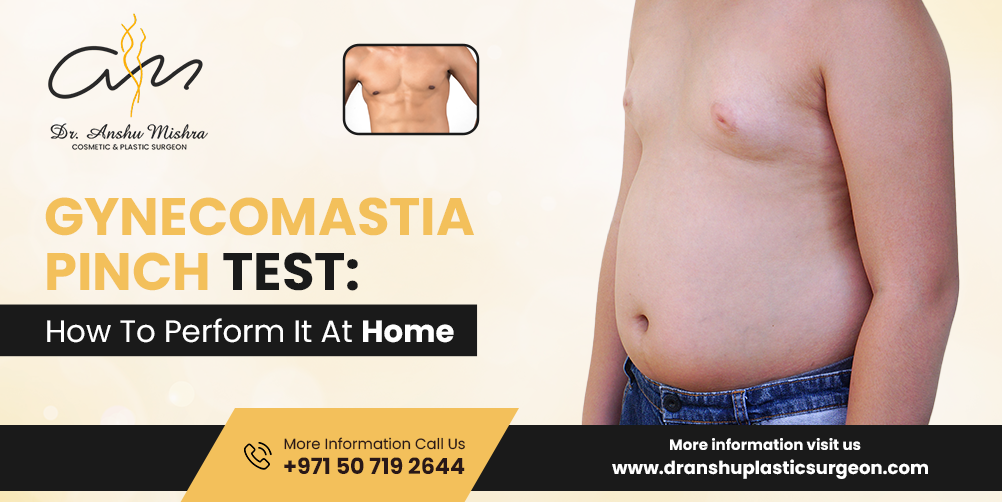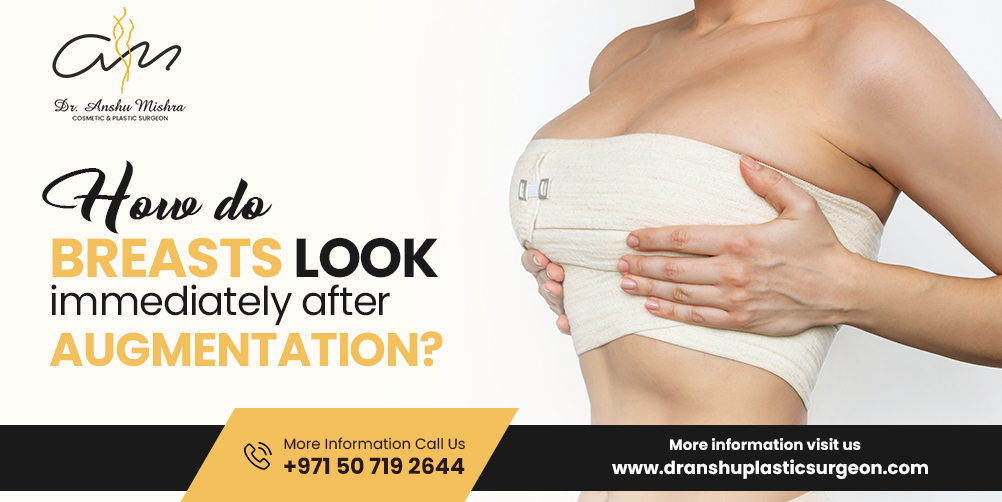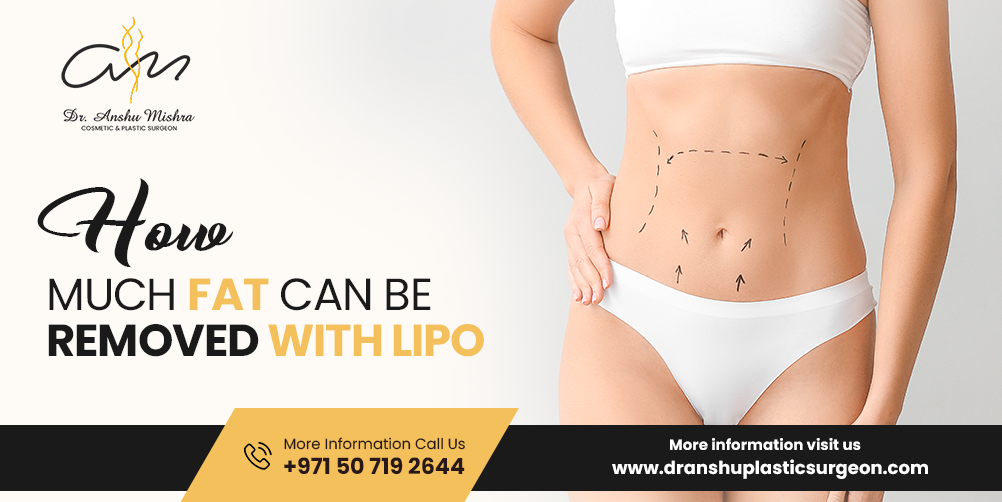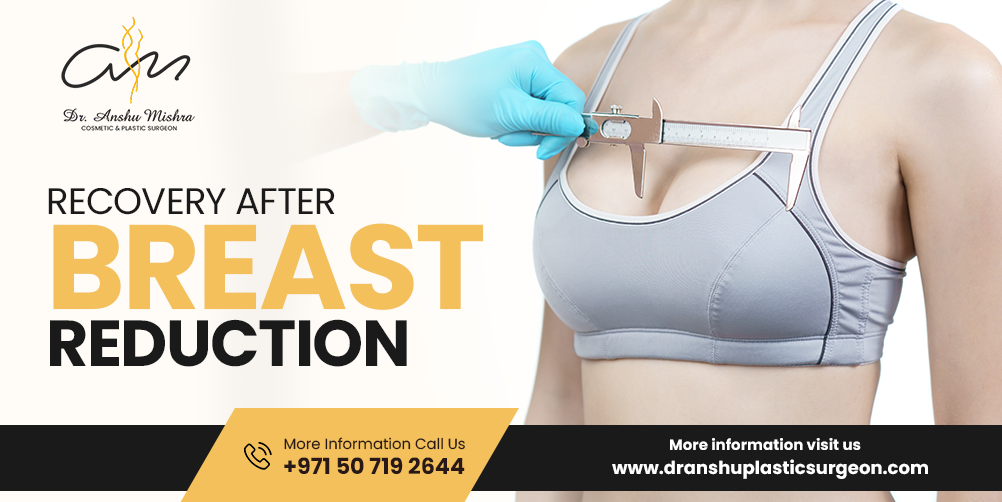Gynecomastia pinch test helps distinguish between true gynecomastia and pseudo-gynecomastia. By pinching the tissue around the nipple, the test checks for the presence of firm, glandular tissue, indicating gynecomastia. If only fatty tissue is felt, it suggests pseudo-gynecomastia. This simple test aids in diagnosing the condition accurately.
A man’s chest is frequently seen as a symbol of vitality and strength, representing self-assurance and masculinity. But for some men, having too much fat around their chest sometimes referred to as “man boobs” or gynecomastia can negatively impact their perception of their bodies and self-worth. Differentiating between basic chest fat and gynecomastia, a condition characterized by glandular tissue expansion, might be important in deciding the best gynecomastia treatment in Dubai.
However, how can we distinguish between chest fat and gynecomastia? A straightforward yet efficient technique is the “Gynecomastia Pinch Test”.
Table of Contents
ToggleWhat Is the Gynecomastia Pinch Test
The Gynecomastia Pinch Test evaluates the texture of the tissue by lightly pinching the chest region between the thumb and fingertips. When gynecomastia occurs, the tissue can appear rubbery or stiff, which is a sign that glandular tissue is present beneath the skin. Conversely, chest fat usually feels more pliable and softer to the touch.
This test for gynecomastia in males quickly and non-invasively evaluates the makeup of their chest tissue and ascertains if their symptoms are due to basic chest fat or gynecomastia. It is advised to have gynecomastia further evaluated by a trained healthcare provider to determine any deeper health issues and discuss treatment alternatives.
How Is Gynecomastia Checked?
Here’s how the gynaecomastia test is performed step-by-step by medical experts:-
- It is advised that the patient stand up straight and have their arms relaxed at their sides to offer enough light for clear eyesight.
- The healthcare professional identifies the middle of the nipple-areolar complex as the place of examination.
- The expert extracts the glandular tissue under the subcutaneous fat layer by gently pressing on the skin just outside the areola.
- It is assessed how thick the tissue is between the fingers. Pinching anything that feels rubbery or stiff suggests that there is more glandular tissue present, which is associated with gynecomastia.
- The test for gynecomastia in males is used in a few different places around the areola to assess the uniformity of tissue distribution. Gynecomastia might manifest unevenly; pinching different areas can yield a comprehensive examination.
- The thickness of the tissue as well as any clear asymmetry or anomalies are recorded in the results.
- While informative, glandular tissue should be carefully evaluated and other potential causes might be ruled out using other diagnostic tools like mammography or ultrasound.
- After discussing the results with the patient, the medical professional recommends the best gynecomastia treatment, including medication, lifestyle changes, or surgery, and describes the degree of gynecomastia present.
A Gynecomastia Pinch Test is a helpful initial step that can aid in diagnosis and direct the development of a personalised treatment plan when assessing male breast tissue.
Also Read: Exercises for Man Boobs
How Does Gynecomastia Feel?
A unique feeling in the chest region, frequently characterised by a solid or rubbery texture underneath the skin, might indicate gynecomastia. People may feel a localised expansion or swelling of the breast tissue when palpating their chest; this may feel different from the surrounding fatty tissue. Gynecomastia occasionally comes with sensitivity or discomfort in the afflicted region.
Depending on the degree of gynecomastia and specific variations in glandular tissue growth, these physical feelings might change. Speaking with a medical expert is crucial for a precise diagnosis and customised gynecomastia treatment plans that take into account the unique features of each patient’s gynecomastia.
How To Perform The Gynecomastia Pinch Test
Using the Gynecomastia Pinch Test, people can self-evaluate for gynecomastia by following these easy steps:
- To begin, assume an upright position and rest your arms by your sides. Sufficient brightness is necessary for a self-examination to be accurate and visible.
- Your nipple-areolar complex (NAC) center is where you should focus your self-evaluation efforts.
- Apply light pressure with your thumb and forefinger on the region directly outside the areola. This method separates the glandular tissue that is under the subcutaneous layer of fat.
- Check the thickness difference between your fingers. A more common symptom of glandular tissue associated with gynecomastia might be a stiff or rubbery nature.
- Perform the gynaecomastia test many times around the areola to ensure a comprehensive evaluation.
- Gynecomastia may not always appear uniformly, thus it’s important to use many pinch spots to increase the accuracy of your self-examination.
- Note your results, including the thickness of the tissue and any apparent irregularities or asymmetry.
While self-assessment with a test for gynecomastia in malesmight be insightful, a professional assessment is advised for a confirmed diagnosis. Medical practitioners may utilise other diagnostic tools, such as ultrasonography or mammography, for a more thorough assessment.
Consult a plastic surgeon if you observe any concerning alterations. They could discuss the outcomes of your self-examination, provide expert counsel, and recommend the best gynecomastia treatment, which might include dietary adjustments, close monitoring from a doctor, or more tests. Regular self-checks and professional evaluations improve comprehensive breast health knowledge and preventive breast health treatment.
Get A Second Opinion From Dr. Anshu Mishra
Consulting with Dr Anshu Mishra in Dubai is a wonderful chance for anyone looking for a second opinion on gynecomastia treatment options. She offers a thorough examination and individualised care. Dr. Mishra is highly experienced in reconstructive and plastic surgery and is a specialist in handling gynecomastia cases.
When visiting Dr. Mishra, patients may anticipate a comprehensive assessment of their health status, a physical examination, and a discussion of their desired course of treatment. Dr. Mishra prioritises safety, efficacy, and patient pleasure in her customised suggestions, which are based on cutting-edge surgical procedures and a patient-centered approach.
People seeking non-invasive or surgical therapies for gynecomastia may rely on Dr Anshu Mishra to provide outstanding care and direction during their course of therapy. Patients may obtain the best gynecomastia treatmentavailable in Dubai and feel more confident about their treatment choices by consulting with Dr. Anshu Mishra for a second opinion.
FAQ
-
How to Check Yourself for Gynecomastia?
Gynecomastia is the enlargement of breast tissue in males, often due to hormonal imbalances. To check yourself for gynecomastia, start by examining your chest if there is any swelling, enlargement, or asymmetry in the breast area. The next step is to check the tissue around your nipples using your fingers. If you notice a firm, rubbery mass directly under the nipple area, it could be a sign of gynecomastia. This mass is typically different from softer fatty tissue, which is scattered and not amassed under the nipple. Usually, gynecomastia affects both sides, but one side is more noticeable than the other.
-
Does Gyno Hurt to Pinch?
Gynecomastia directly attacks an individual’s body image and impacts physical appearance. Sometimes it’s a painful condition, an individual with Gynecomastia can feel tenderness or discomfort when pinched, but it varies from person to person. They may feel pain when the sore tissue is pinched or pressed, while some might not experience any pain at all. The level of pain is dependent on the amount of glandular tissue and any associated inflammation. In case you experience pain in the chest area while touching, better consult with a doctor to determine the cause of the discomfort and the possibility of any other condition.
-
How to Do the Breast Pinch Test?
The breast pinch test is a simple way to differentiate between gynecomastia and fat accumulation (pseudo-gynecomastia). To perform the test, use your thumb and index finger to gently pinch the tissue around your nipple. If you feel a firm, rubbery lump directly beneath the nipple, it could be gynecomastia, as it indicates the presence of glandular breast tissue. But if tissue is soft and spread out, it’s more likely to be fat. Gynecomastia usually involves glandular tissue in this specific spot, focusing on the area directly under the nipple.
-
How to Do the Breast Pinch Test?
Performing the breast pinch test involves a few simple steps. First, stand or sit in a comfortable position. Use your thumb and index finger to gently pinch the tissue around your nipple. Start by placing your fingers on either side of the nipple and gradually move them closer together, pinching the skin and tissue between your fingers. Focus on any firm, rubbery mass beneath the nipple. This mass is the key indicator of gynecomastia. Remember to compare both sides of your chest, as gynecomastia often affects both breasts, though one side may be more noticeable than the other. Consulting with Dr Anshu Mishra in Dubai is a great chance for anyone looking for a second opinion on gynecomastia treatment options.
-
What Is the Pinch Test Position?
The pinch test position means the right position of your body while performing the breast pinch test. Ideally, you should stand or sit up straight with your arms relaxed at your sides. This position helps ensure that the pinching test is correct without additional tension on the muscles involved. By standing or sitting upright, you allow the tissue to settle naturally, making it easier to distinguish between glandular tissue and fat. Keep your shoulders relaxed and your chest in a neutral position to get the most accurate results.

